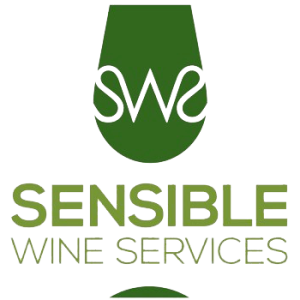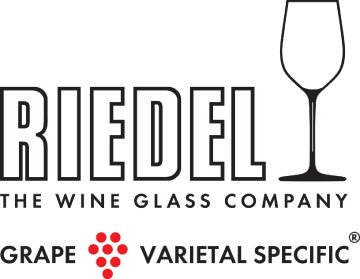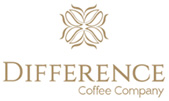As from 2015, every bottle of Champagne or sparkling wine that is entered into our competition in a clear-glass bottle will be “double-bagged” in black plastic as soon as it is removed from the packaging in which it is delivered …
In our first year we had a disproportionately high number of off-odours from clear-glass bottles; and it comes as no surprise to the judges. Just 60 minutes under artificial lighting or daylight in any clear-glass bottle will generate “light-struck” aromas, which will ruin a wine, particularly if it is a sparkling wine.
The primary culprit is an unpleasant compound called dimethyldisulphide (DMDS). At its very worst, DMDS smells of stagnant water, old drains and sewage. At lower thresholds, it merely inflicts an otherwise fresh wine aroma with the barest hint of rotten cabbage or something unclean, similar to a very slight mercaptan aroma. Although DMDS can be formed in other ways, this compound is most commonly found in wine when a sulphur-bearing amino acid called methionine is broken down by exposure to ultra-violet (UV) light.
According to studies, UV can degrade methionine into DMDS after just >60 minutes exposure to fluorescent light, while other research has shown that carbonic gas accentuates the odour of this compound. Clear glass is commonly used for rosé and blanc de blancs Champagnes, including some of the very highest quality cuvées. Whatever the producer does to safeguard his Champagne from DMDS while it is within his own production facilities, he has no control over its exposure to light once it has left his premises. (Protective wrappings are more often than not removed by consumers who like to see or show off their bottles and the more attractive the bottle the more likely it will be placed in a position of high visibility and thus exposed to light.).
This is why we would like Champagne and sparkling wine producers to stop using clear-glass bottles. The tired, old excuse is that it is demanded by the marketing people. Clear-glass bottles can be gorgeous, so we sympathise with the marketing people, but not their employers. This is a quality issue that threatens reputations and any producers who allow their marketing people to interfere with such a crucial quality issue deserve to have their reputation ruined.
We will caution consumers to buy clear bottles only if and where they have not been removed from their packaging, and we will advise consumers to store clear-glass bottles in the dark and to keep the bottles not just in their protective wrapping, but also in the original packaging.
In the meantime, we have to deal with a proliferation of clear-glass bottles being entered into our competition and we are determined to do justice to the intrinsic quality of those wines.
We cannot correct a light-struck wine and nor would we want to: if we receive a light-struck wine, it must be condemned in our scoring (unless it is a one-off bottle and we taste an untainted second bottle), but we can protect against such wines becoming light-struck during our storage and sorting of the bottles. To ensure we taste and evaluate the wines as they are meant to be, therefore, Sensible Wine Services will double-bag every clear-glass bottle in black plastic as soon as it is removed from its packaging.
There are some things we can do that larger competitions cannot, but this is one quality-control precaution that every competition can easily take and if any do not follow suit, both entrants and consumers will know those competition are not serious about preserving the quality of the samples they receive.








